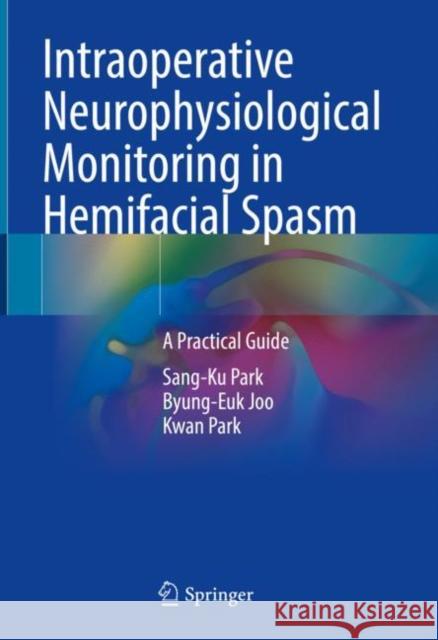Intraoperative Neurophysiological Monitoring in Hemifacial Spasm: A Practical Guide » książka
topmenu
Intraoperative Neurophysiological Monitoring in Hemifacial Spasm: A Practical Guide
ISBN-13: 9789811613265 / Angielski / Twarda / 2021 / 115 str.
Intraoperative Neurophysiological Monitoring in Hemifacial Spasm: A Practical Guide
ISBN-13: 9789811613265 / Angielski / Twarda / 2021 / 115 str.
cena 401,58
(netto: 382,46 VAT: 5%)
Najniższa cena z 30 dni: 385,52
(netto: 382,46 VAT: 5%)
Najniższa cena z 30 dni: 385,52
Termin realizacji zamówienia:
ok. 22 dni roboczych
Dostawa w 2026 r.
ok. 22 dni roboczych
Dostawa w 2026 r.
Darmowa dostawa!
Kategorie BISAC:
Wydawca:
Springer
Język:
Angielski
ISBN-13:
9789811613265
Rok wydania:
2021
Wydanie:
2021
Ilość stron:
115
Waga:
0.45 kg
Wymiary:
25.91 x 19.81 x 1.27
Oprawa:
Twarda
Wolumenów:
01











